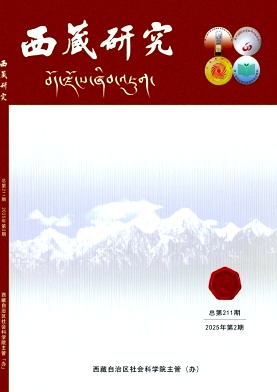| 458 | 7 | 8 |
| 下载次数 | 被引频次 | 阅读次数 |
“政教合一制”是一种特有的政治制度,然而在对这一制度的判断标准上学界却有不同的意见,文章通过西藏地方和中世纪西欧“政教合一制”形成的比较,提出作者自己的判断标准。
Abstract:Historically, the theocratic system was a unique political system in Tibet of China. However, scholars differ in their interpretation of the theocratic system. The author raises her own perspectives in comparing the theocratic systems in Tibet and that of Mid-Century Western Europe.
[1][3][10][11]东嘎.洛桑赤列.论西藏的政教合一制度[M].陈庆英译.北京:民族出版社,1985:17、33、35、42.
[2][9]王森.西藏佛教发展史略[M].北京:中国社会科学出版社,1987:20、229.
[4][5]恰白.次旦平措等,西藏通史[M].陈庆英等译.拉萨:西藏古籍出版社等,2004:345、346.
[6]于可编著.世界三大宗教及其流派[M].长沙:湖南人民出版社,2001:19.
[7]张绥.中世纪“上帝”的文化———中世纪基督教会史[M].杭州:浙江人民出版社.
[8]丛日云.西方政治文化传统[M].大连:大连出版社,1996:380.
基本信息:
DOI:
中图分类号:K29;K503
引用信息:
[1]李文萍.从西藏地方与中世纪西欧“政教合一制”形成之比较谈“政教合一制”的认识与把握[J].西藏研究,2006(03):20-24.
基金信息:
